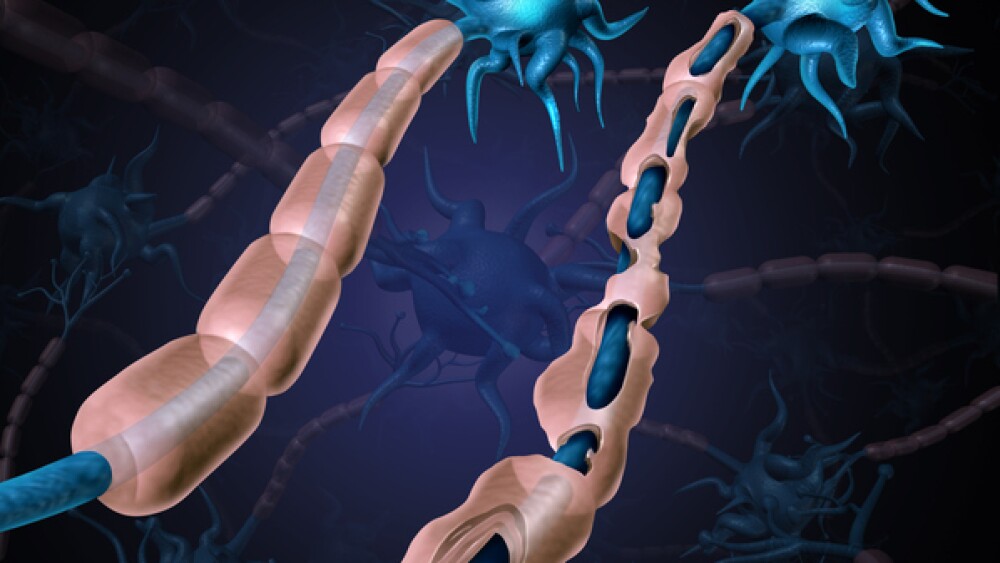MOUNTAIN VIEW, Calif., Nov. 8, 2011 /PRNewswire/ -- Alexza Pharmaceuticals, Inc. (Nasdaq: ALXA) today announced that it is presenting at the 24th Annual U.S. Psychiatric and Mental Health Congress, being held November 7 - 10, 2011. The abstract and poster presentation, entitled "Treating Agitation with Inhaled Loxapine (AZ-004): Responder Analyses in Patients with Schizophrenia or Bipolar Disorder", is being presented today by Dr. James V. Cassella, Alexza's Senior Vice President of Research and Development. Alexza has previously reported and presented the primary findings of its two Phase 3 clinical trials with Staccato loxapine. In this presentation, Alexza is presenting additional analyses of these data, using two different responder methodologies.
Methodologies
The efficacy of Staccato loxapine in treating agitation was measured using the PANSS-Excited Component (PEC) and Clinical Global Impression - Improvement (CGI-I) scales in two Phase 3 randomized, double-blind, placebo-controlled trials in agitated patients with schizophrenia (n=344) or bipolar I disorder (n=314). At the beginning of the treatment period, patients received a single inhalation of either 0mg (placebo), 5mg or 10mg of Staccato loxapine. The primary endpoint was successfully achieved in both studies and has been previously reported and published. As a further efficacy assessment, two responder analyses, PEC40 and CGI-Improvement, were conducted with responders defined as: (1) patients with a >40% decrease from baseline in the total PEC score (starting at 10 minutes post-dose); and (2) patients rated as "much improved" or "very much improved" on the CGI-I scale (assessed at 2 hours post-dose). Responder analyses are important as they are a method to determine the magnitude of clinical relevance of patient response to a treatment.
PEC40 Responders Analysis
In agitated patients with schizophrenia or bipolar disorder, the number of PEC40 responders was statistically significantly greater at all time points for patients treated with either dose of Staccato loxapine, compared to patients who received Staccato placebo. Importantly, significant differences from placebo were noted at the first assessment time of 10 minutes post-dose for both dose groups and in both patient groups. The results for the PEC40 Responders analysis are summarized below.
Staccato Loxapine PEC40 Responder Analysis | ||||
Schizophrenia Patients | ||||
(% with >40% decrease from baseline PEC score) | ||||
5mg | 10mg | |||
Time Point | Placebo | Staccato Loxapine | Staccato Loxapine | |
10 minutes | 6.1% | 17.2% | 18.8% | |
20 minutes | 15.7% | 29.3% | 42.9% | |
30 minutes | 27.8% | 46.6% | 57.1% | |
45 minutes | 32.2% | 50.0% | 70.5% | |
60 minutes | 38.3% | 57.8% | 71.4% | |
90 minutes | 38.3% | 61.2% | 74.1% | |
120 minutes | 38.3% | 62.9% | 69.6% | |
Staccato Loxapine PEC40 Responder Analysis | ||||
Bipolar Disorder Patients | ||||
(% with >40% decrease from baseline PEC score) | ||||
5mg | 10mg | |||
Time Point | Placebo | Staccato Loxapine | Staccato Loxapine | |
10 minutes | 7.6% | 18.3% | 21.9% | |
20 minutes | 15.2% | 36.5% | 49.5% | |
30 minutes | 23.8% | 59.6% | 61.9% | |
45 minutes | 29.5% | 64.4% | 70.5% | |
60 minutes | 28.6% | 69.2% | 72.4% | |
90 minutes | 27.6% | 62.5% | 72.4% | |
120 minutes | 27.6% | 62.5% | 73.3% | |
CGI-I Responders Analysis
In patients with schizophrenia, 57.4% of the 5mg patients and 67.0% of the 10mg patients treated with Staccato loxapine were CGI-I responders, compared with 35.7% of placebo patients. In patients with bipolar disorder, 66.3% of the 5mg patients and 74.3% of the 10mg patients treated with Staccato loxapine were CGI-I responders, compared with 27.6% of placebo patients. In both patient populations, the CGI-I responders were statistically significantly greater for patients treated with either dose of Staccato loxapine, compared to patients who received Staccato placebo. The results for the CGI-I Responders analysis are summarized below.




